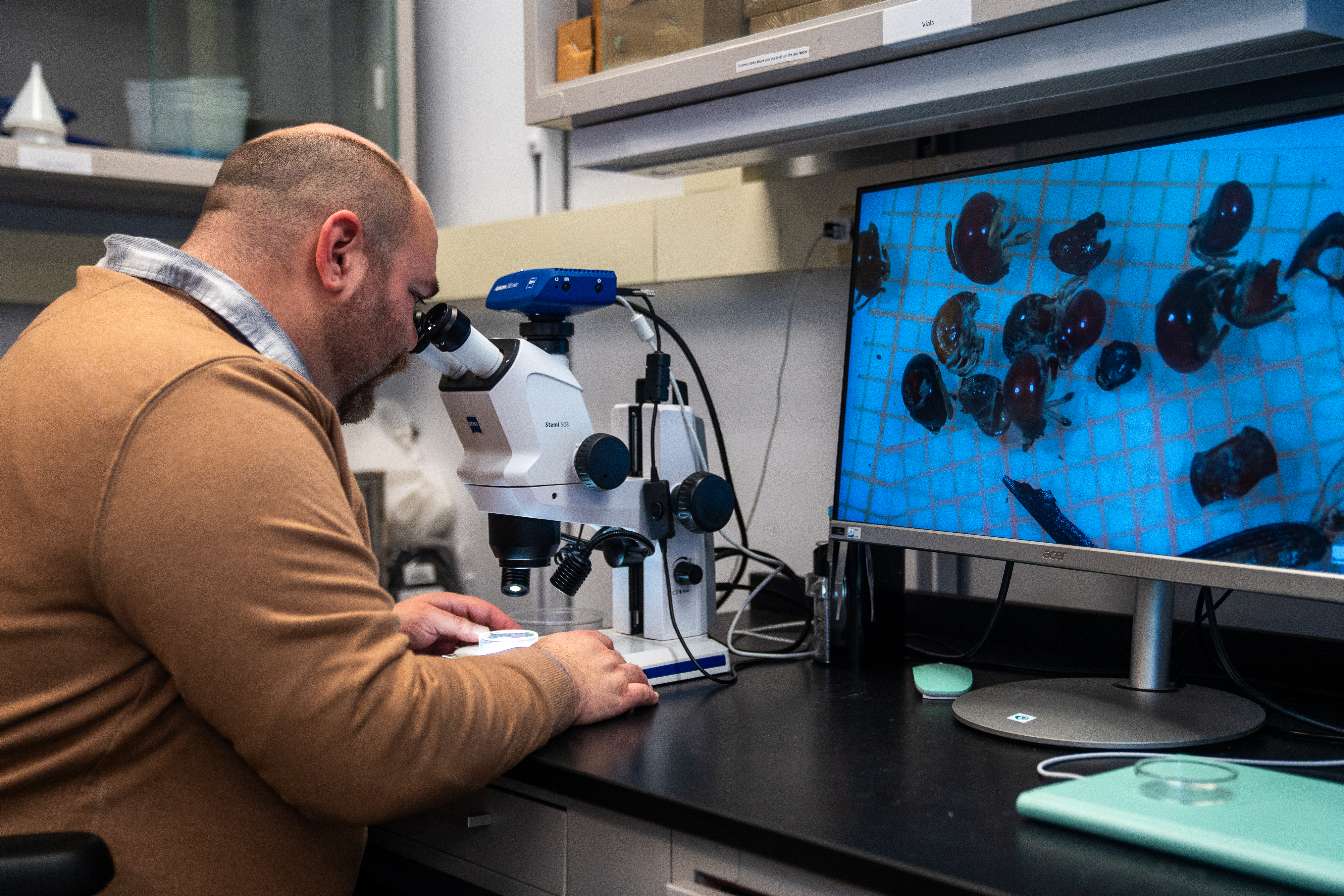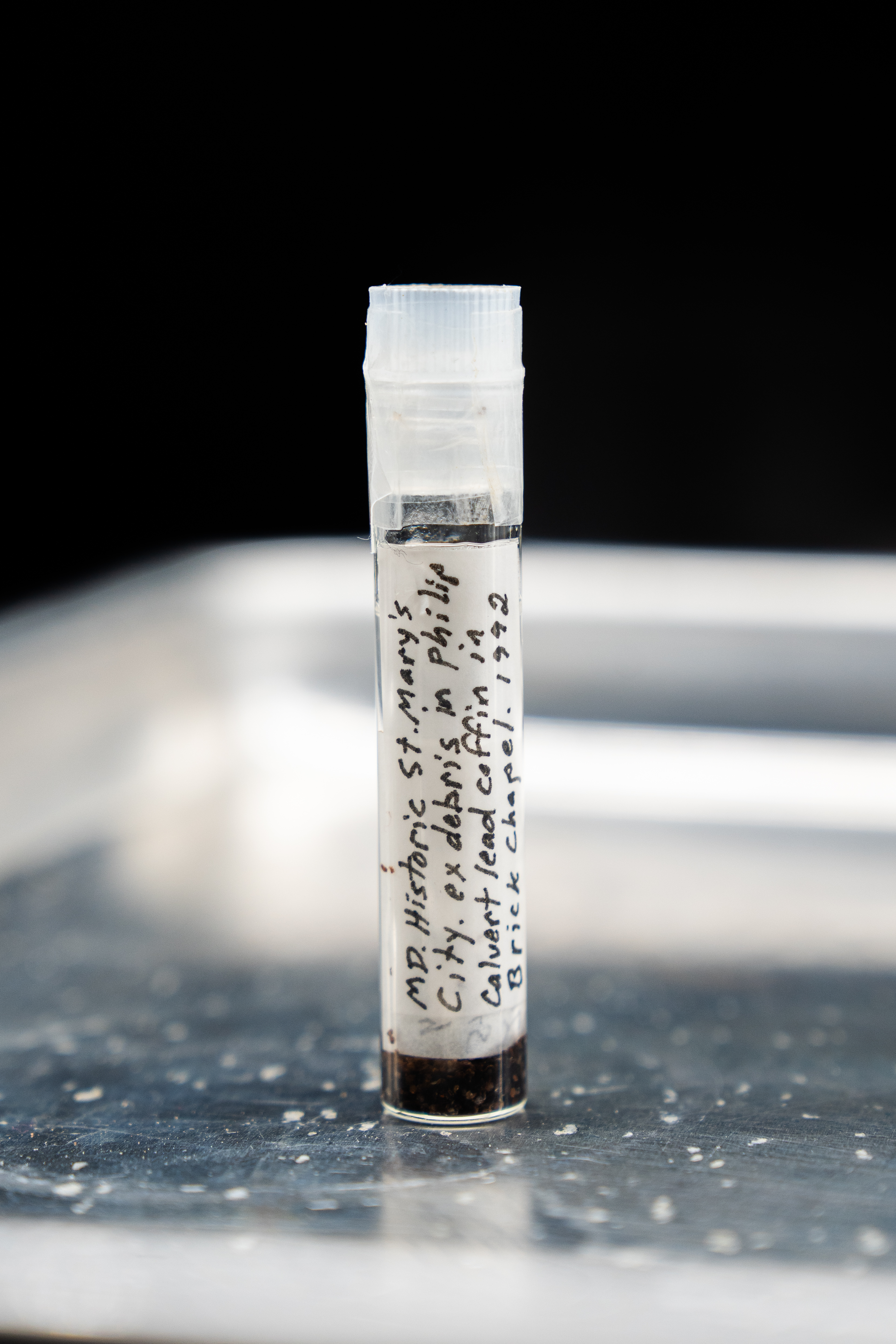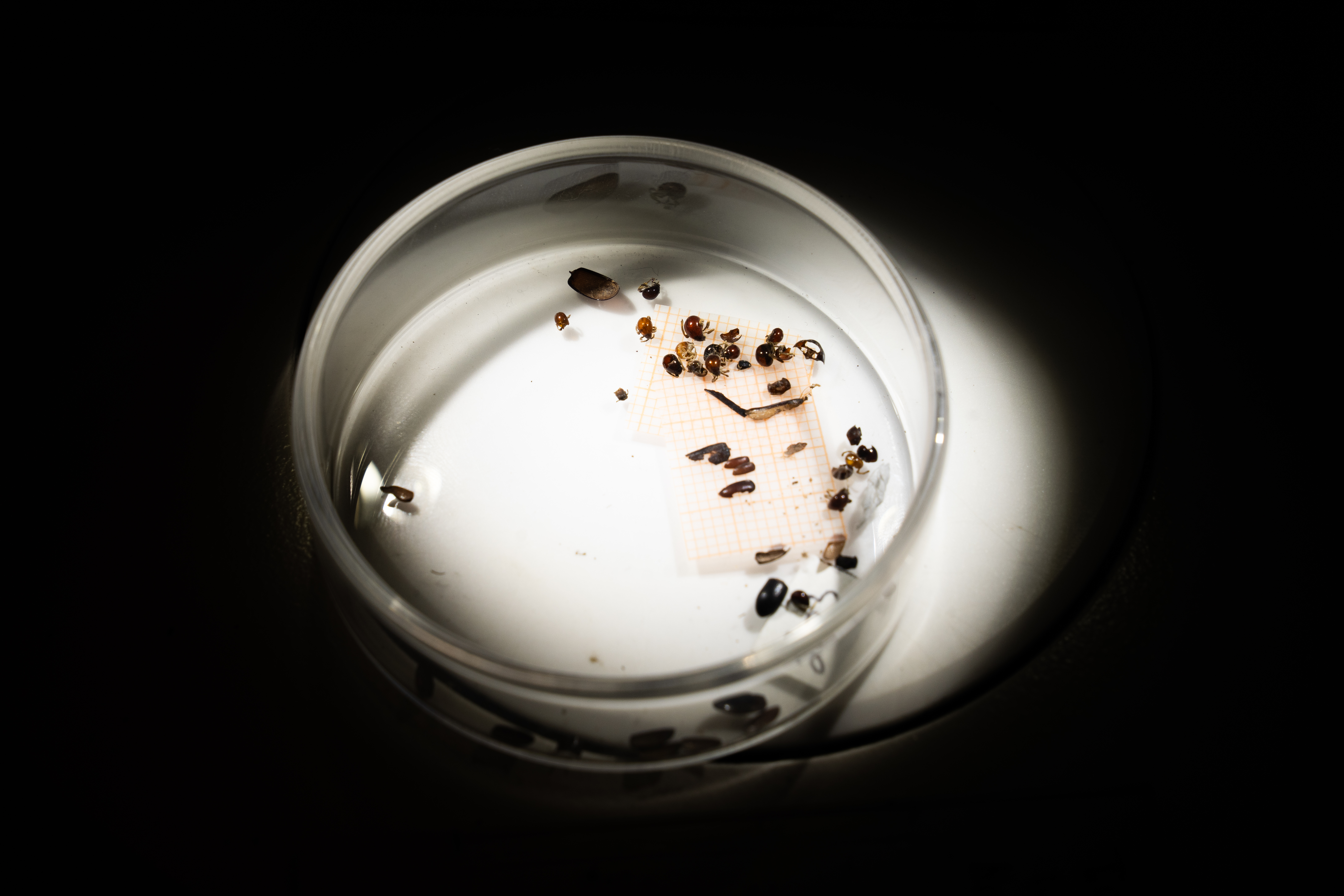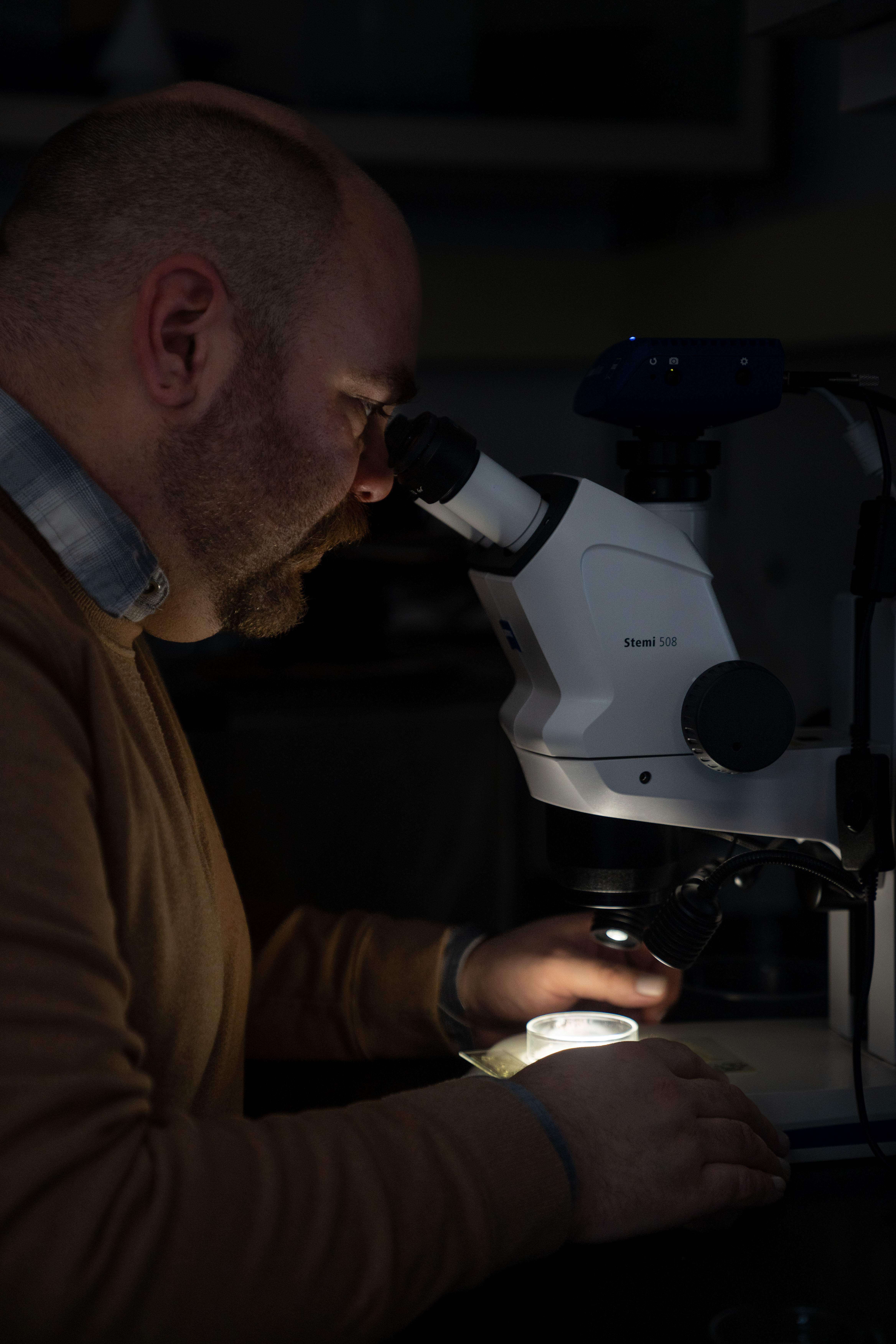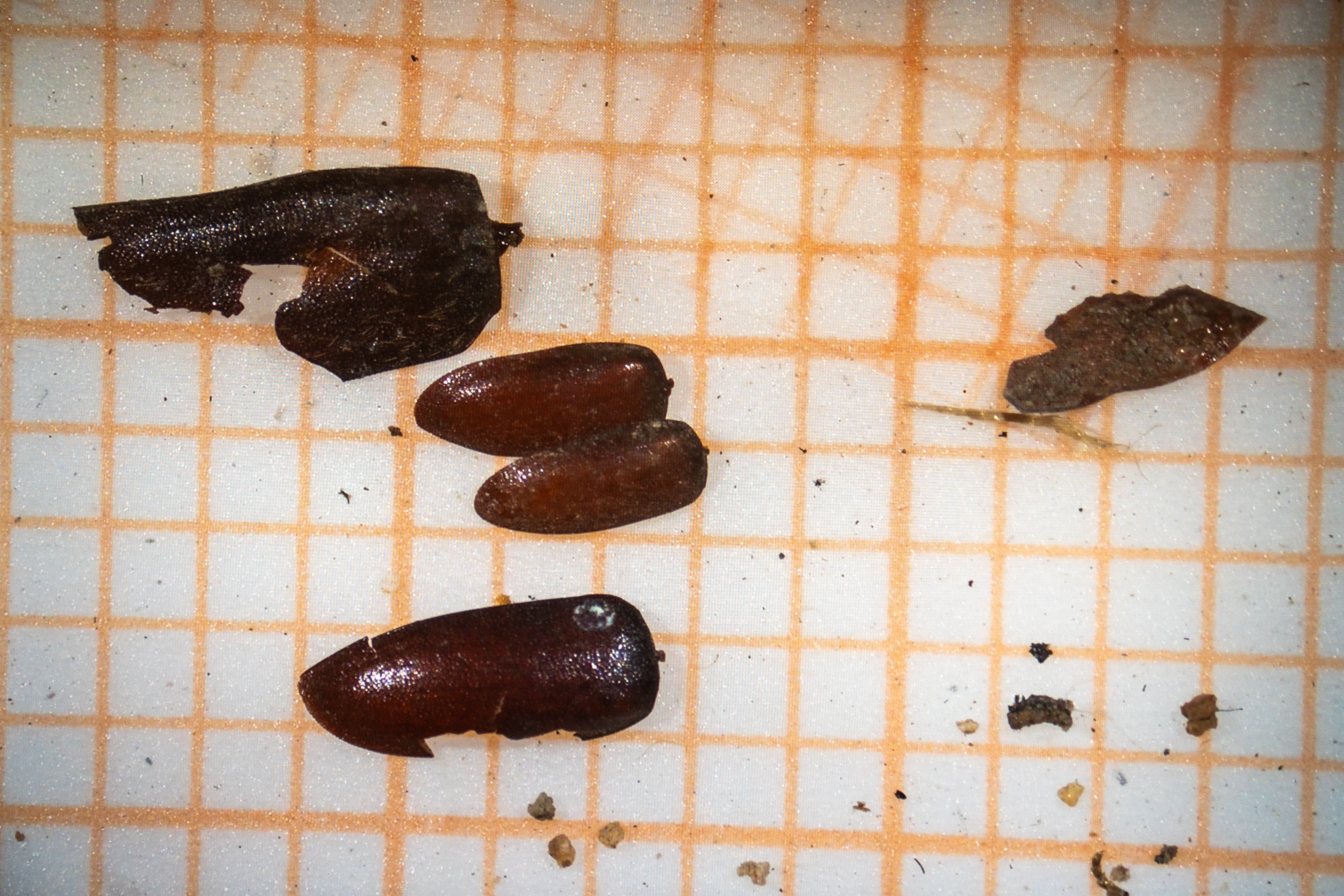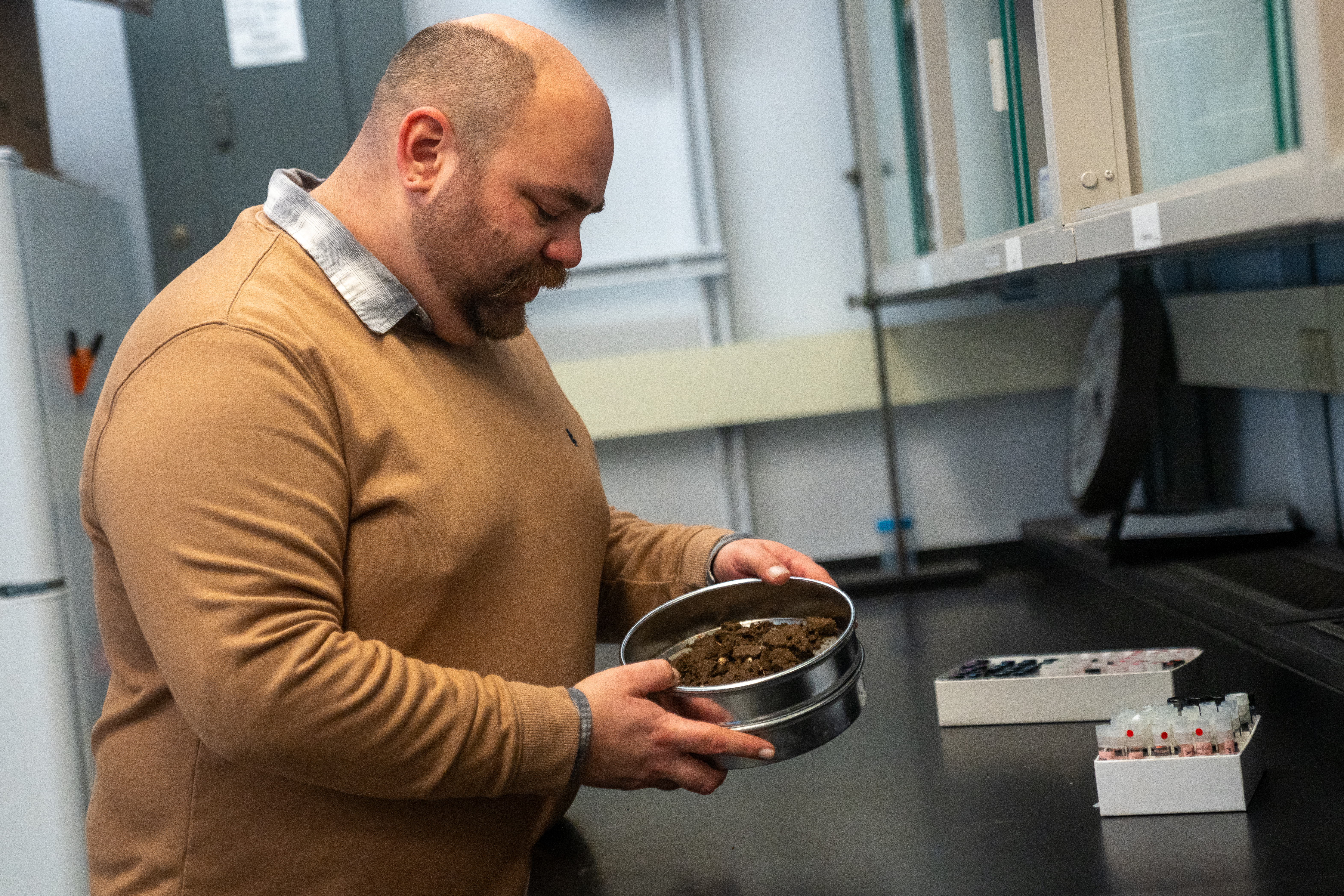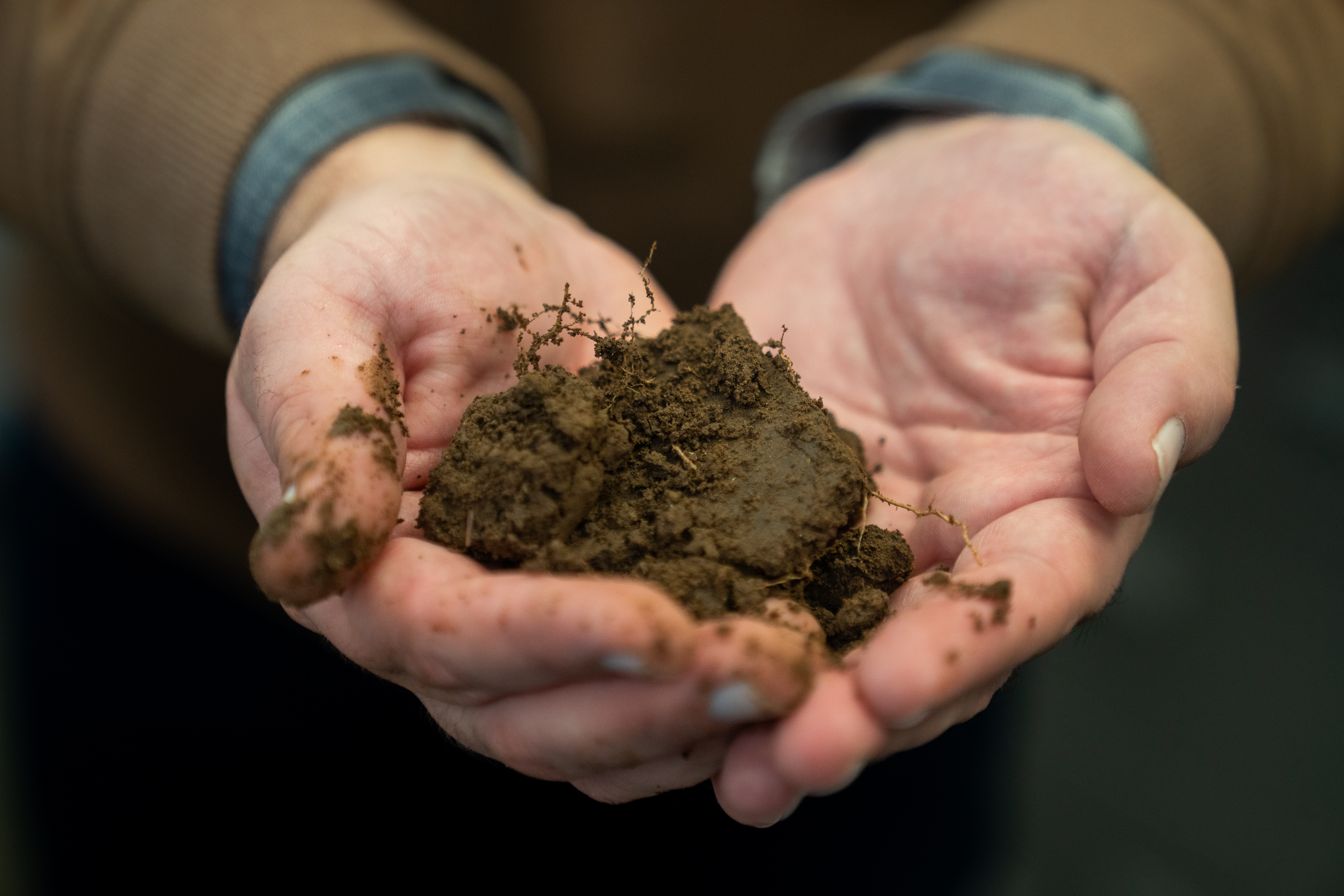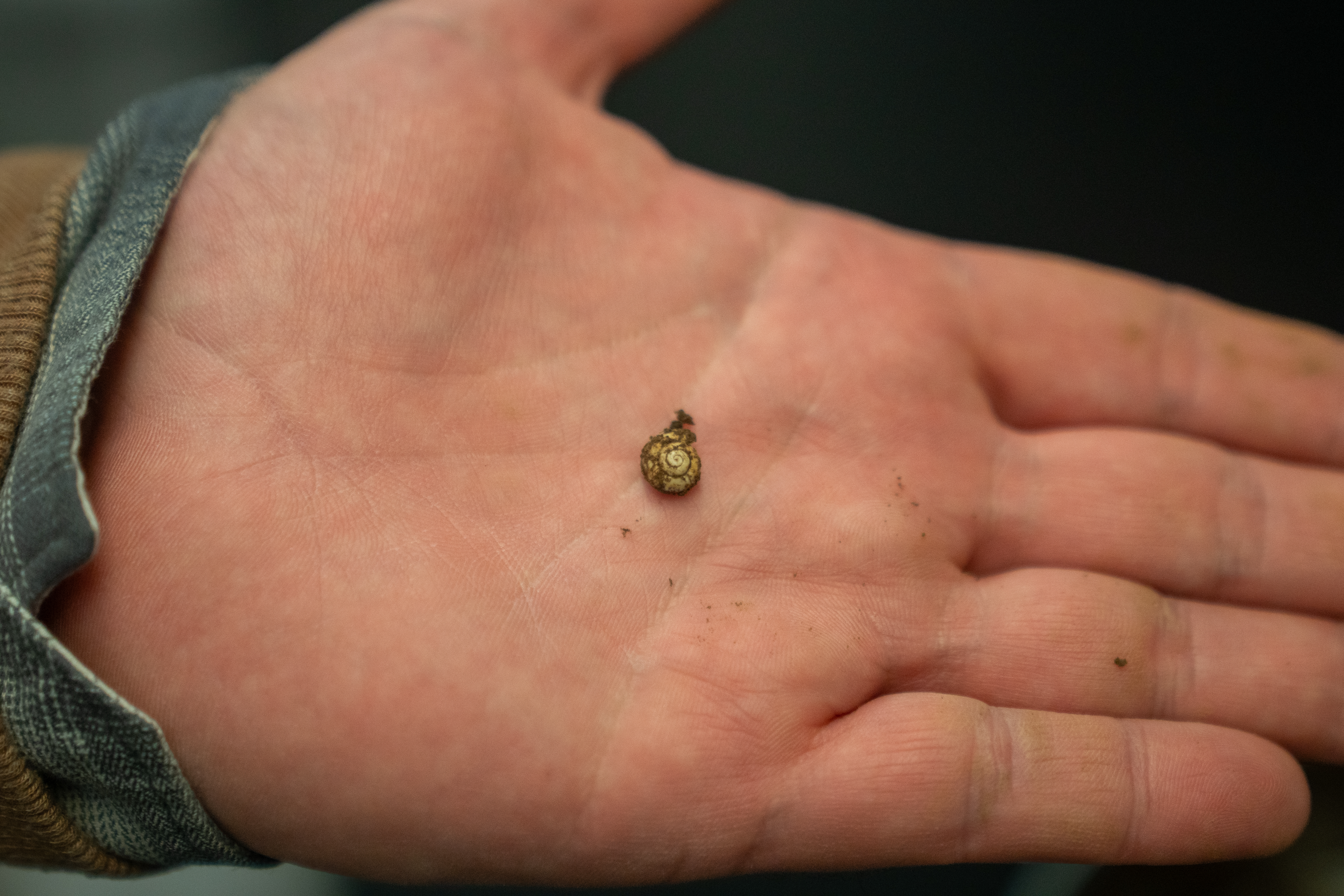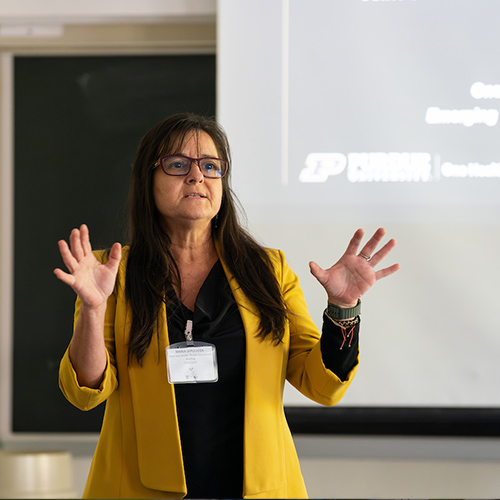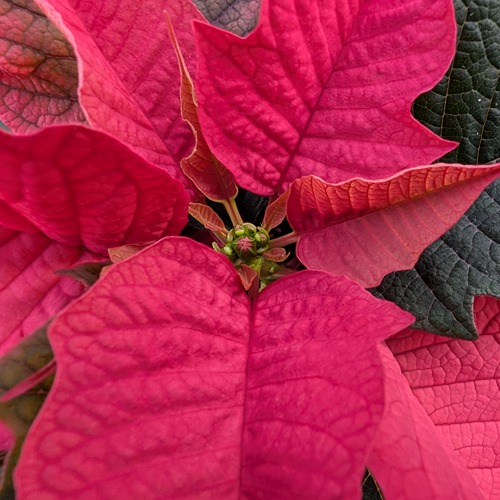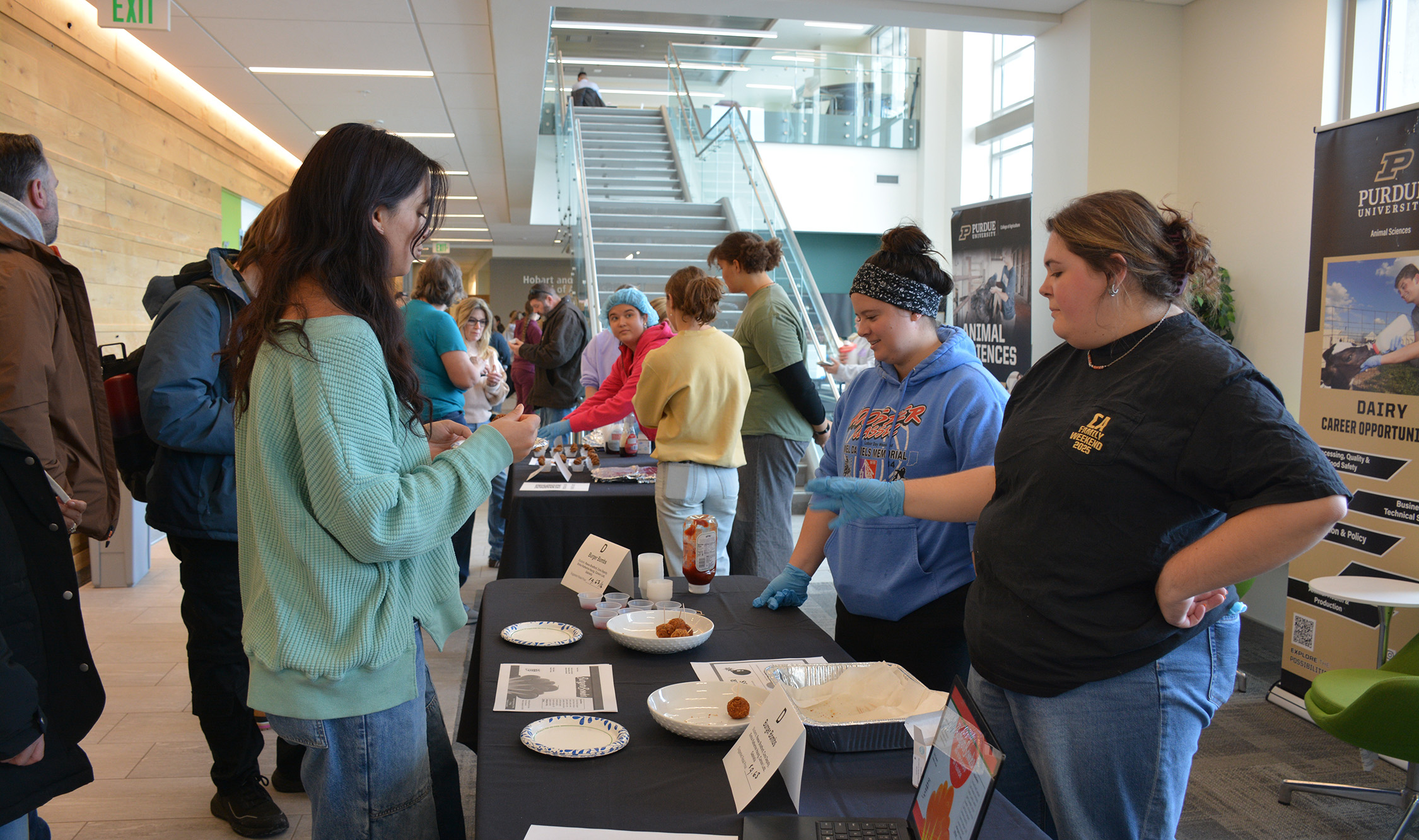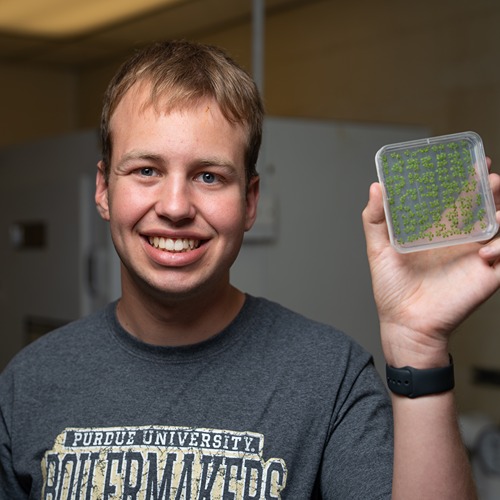Can insects help archaeologists solve historical mysteries? A PhD student’s unexpected partnership
From cold cases to ancient civilizations lost to time, real-world, unsolved mysteries have always captivated an audience. Countless History Channel documentaries, children’s book series, and even a show on the subject, “Unsolved Mysteries,” stir up public debates: What happened to the lost colony of Roanoke? Were Anastasia Romanov’s remains really recovered?
For scientists in Purdue Entomology, however, solving cold cases and uncovering untold history is not a production. Researchers in director of forensic science and assistant professor of forensic entomology Kystal Hans’ lab pursue answers to these mysteries to map changing environments over time, help farmers, archeologists and anthropologists, partner with insects for national defense and bring justice to cultures lost to history erasure.
Michael Monzon, a PhD student in Hans’ lab, has always loved archeology and ancient history. Now, he brings his special expertise in archaeoentomology, a field with little dedicated research labs in North America, to the team of forensic entomologists. Archaeoentomology is based in forensic entomology and applies insect science to investigations of ancient civilizations and historical gravesites.
Forensic entomology plays a significant role in modern crime scene investigations by determining the time of colonization, or when flies begin to deposit eggs on a recently deceased body, to provide law enforcement with an accurate estimate of when a death occurred.
“In an ancient context, however, the time of colonization can’t be determined,” said Monzon. “Archeaoentomologists ask different questions: What season was the person buried in? What type of environment were they living in, and what items might they have been buried with? There’s a lot of different information we can glean by using soil samples and insects, intact or even just fragments, and that’s interesting to me.”
Mapping the natural world over time
The information that archeaoentomologists look for in a grave site varies from case to case. In historic St. Mary's City, Maryland, the first permanent English colony or settlement in the state, an excavation found three lead topped coffins. The discovery was significant because the coffins, a status symbol in the late fifteenth century, are the only three lead top coffins found in North America. Fortunately for entomologists, these coffins create an ideal environment for preservation so the natural history and farming conditions at the time could be investigated.
By recreating the storage conditions before burial and extensive sampling at the church, Monzon and fellow researchers made a fascinating discovery. A well-known beetle important for its beneficial role in modern agriculture and frequently observed in modern gravesites was nowhere to be found. The beetle is an invasive species brought to North America during the Columbian Exchange. The findings beg the question: When the graves were deposited, had it not yet made its way from Canada, where it was first introduced, to the mid-Atlantic?
“The St. Mary’s project is one of the richest archaeoentomology projects I’ve had the privilege of working on,” said Monzon. “We were able to get a glimpse of what the insect community looked like before the beetle arrived. What was filling its’ niche? Did it push out to the other native species?”
However, in older sites, Monzon and other archeoentomologists might find unidentifiable insects, which presents one of the field’s biggest challenges: could the insect be an extinct species, indicating a changing environment, or an undescribed species?
“When I find an unidentifiable insect, I tend to be conservative and classify the remains as unidentifiable rather than make assumptions,” Monzon said. “Our environment has drastically changed over time, but insect biodiversity is vast, and the assumption is we haven’t described all of the species out there.”
Unearthing untold stories
Archeaontomologists also look at seasonality to help identify remains. Monzon is investigating soil samples insect remains uncovered in a mass grave potentially associated with the Revolutionary War to determine whether they may correlate to written accounts of a battle that occurred in the area.
“Seasonality could help us narrow this down. If the grave was potentially involved in the battle, if these were patriot soldiers, the grave then becomes under the purview of the Department of Defense, and the site can be properly memorialized,” Monzon explained.
Monzon is also working on papers examining insect assemblage within renovations and the hearth of a kitchen house located on an aristocratic plantation in Charleston, South Carolina. Kitchen houses were separate houses on plantations where enslaved people lived.
“Wealthier individuals have paintings and diaries and letters, and we’re able to reconstruct their lives. But working-class people, and in this case enslaved people, don’t have those kinds of records,” Monzon explained. “We can use insects and other environmental evidence to give us a bit more understanding of these people’s lives. For example, what kinds of pests did they have, and what does that tell us about their culinary traditions?”
Besides obtaining soil samples with insect remains from around the U.S. and the world, Monzon looks forward to the possibility of investigating local Indiana and Midwestern sites. He worked with archeologists to learn how to excavate soil samples at Fort Ouiatenon, a former French fur trading post named after the Indigenous Wea tribes and one of the earliest settlements in Indiana, located just off of Purdue’s campus. Both the Archeology Conservancy and the archeologist for the Indigenous Miami tribe were interested in how insects could be used in archeological digs.
“The field is starting to involve working with more tribal folks,” said Monzon. “My family heritage is half Indigenous from South America, and so I have a personal motivation to do that kind of work.”
Fulfilling the land-grant mission, across the state and abroad
Human societies across time have incorporated different burial practices into their culture, but many of these rituals are lost because of a lack of written accounts. Archeologists in Europe, for example, are attempting to reconstruct mortuary practices, gain insight into how past societies revered passed loved ones and important members of the community.
“Archeologists will take soil and insect samples from sites, but these might sit around for 20, 30 years,” Hans said. “At Purdue, we’re finding that more people are realizing that entomology is an important component of these investigations, but they just don’t know who to reach out to. Ever since Mike joined the lab, we’ve been contacted by so many people.”
Monzon’s outreach is interdisciplinary and international.
“I get to bring people from sociologists, to anthropologists, to archeologists together, which is so exciting! I get calls from people around the world who say, ‘We have soil, we have bugs. Want to work together?’ I’m happy to be that person they call to get people excited about insects.”
Monzon’s primary focus on public outreach aligns with Purdue’s commitment to the land-grant mission to disseminate research to farmers and stakeholders in a way that creates meaningful impact.
“Because the St. Mary’s project had an agricultural focus, I wanted to ask local growers about how we could direct our research in a way that would be valuable to them. That's how we developed our workshop.”
The workshop, open to farmers, Master Gardeners, and any interested members of the community, introduced the concept of archeaoentomology and its applications, and involved participants in each step of conducting archeaoentomological research, from collecting live insects to analyzing ancient insects under microscopes. Feedback from farmers indicated that this research could benefit sustainable agricultural practices, and growers are interested in the history of their land.
“One of the challenges of this research is that it’s very theoretical,” Monzon said. “I want to push things in an applied direction. Connecting with stakeholders and figuring out how we can meet their needs to make an impact is very important to me.”
Monzon has found his fit in Hans’ lab and at Purdue Entomology.
“I’m grateful to be here in the Department of Entomology. Everyone’s rooting for you; everyone’s approachable and accessible. With the resources we have access to, I’m fortunate to be at Purdue.”
